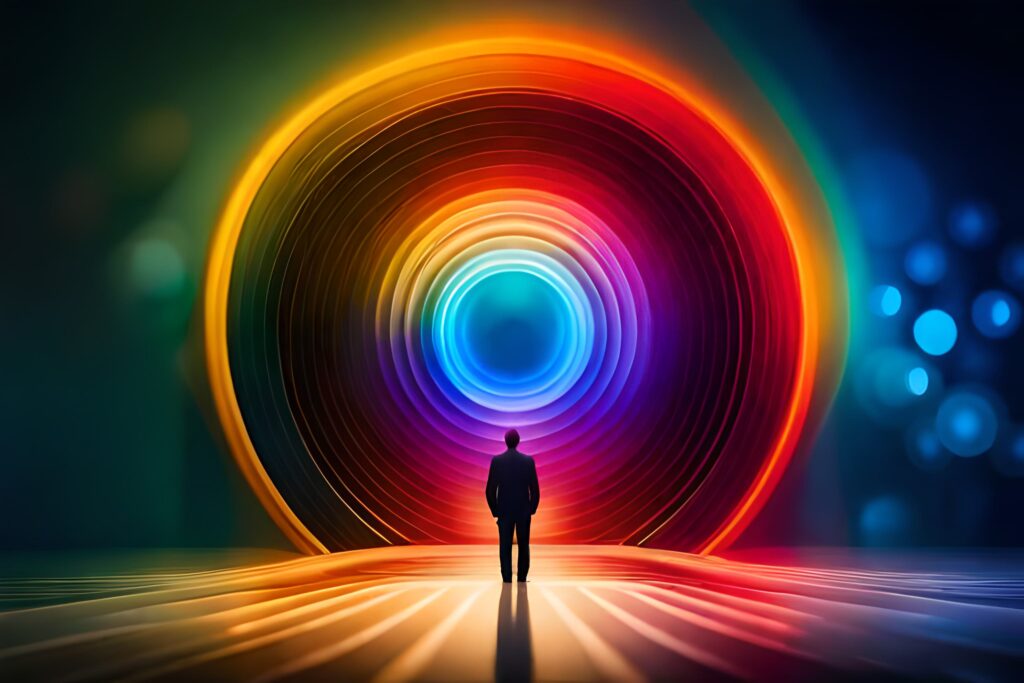Exploring Colour Therapy: Harnessing the Vibrational Frequencies of Colour for Well-being
The Principles of Colour Therapy
Colour therapy, also known as chromotherapy or colour healing, is a holistic practice that utilizes the vibrational frequencies of colours to promote physical, emotional, and mental well-being. Based on the idea that different colours have distinct energetic properties, this therapy aims to balance and harmonize the body’s energy centres, known as chakras, and promote healing. Colour therapy has roots in ancient cultures, including Egyptian and Chinese traditions, and is now integrated into various modern holistic approaches.
Understanding Colour Properties and Correspondences
Practitioners of colour therapy believe that each colour corresponds to specific qualities and influences different aspects of a person’s being. For example, warm colours like red and orange are associated with stimulation and energy, while cool colours like blue and green are linked to calming and soothing effects. The therapy may involve exposure to specific colours through visual stimulation, such as coloured lights, or incorporating specific colours into one’s environment, clothing, or diet.
Applications and Considerations in Colour Therapy
Colour therapy is often used in conjunction with other holistic modalities to address a variety of conditions, including stress, anxiety, and imbalances in mood. While scientific evidence supporting the therapeutic efficacy of colour therapy is limited, some individuals find it to be a relaxing and enjoyable complementary practice. As with any holistic approach, it is essential for individuals to consult with qualified practitioners and consider colour therapy as part of a broader wellness strategy.
